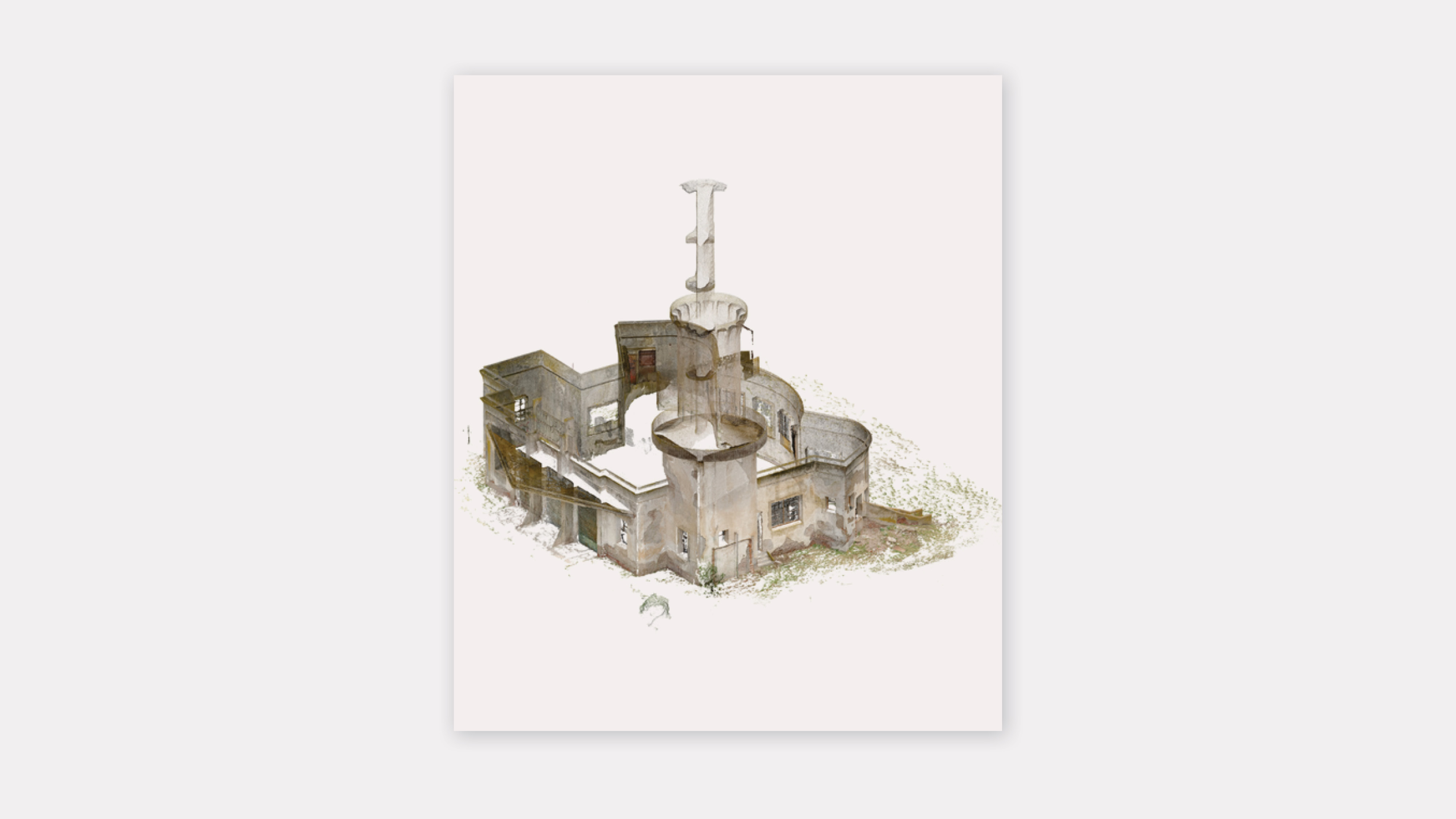
BOOK MANUSCRIPT
NECROTERRITORIES. SLAUGHTERHOUSES AND THE
POLITICS OF DEATH
In preparation
Necroterritories theorizes slaughtering sites as dynamic biopolitical territories that explicitly regulate animal death, and implicitly regulate both human and animal life. I take my cue from Achilles Mbembe’s definition of necropower as “the power that proceeds by a sort of inversion between life and death, as if life was merely death’s medium” (Necropolitics, 38) to examine how the concepts of “animality” and “animalization” have played an explicit role in the distribution of death and life in the River Plate basin, tracing these concepts in 19th-, 20th-, and 21st-century literary and visual materials from Argentina, Uruguay, and Southern Brazil.
NECROTERRITORIES. SLAUGHTERHOUSES AND THE
POLITICS OF DEATH
In preparation
Necroterritories theorizes slaughtering sites as dynamic biopolitical territories that explicitly regulate animal death, and implicitly regulate both human and animal life. I take my cue from Achilles Mbembe’s definition of necropower as “the power that proceeds by a sort of inversion between life and death, as if life was merely death’s medium” (Necropolitics, 38) to examine how the concepts of “animality” and “animalization” have played an explicit role in the distribution of death and life in the River Plate basin, tracing these concepts in 19th-, 20th-, and 21st-century literary and visual materials from Argentina, Uruguay, and Southern Brazil.